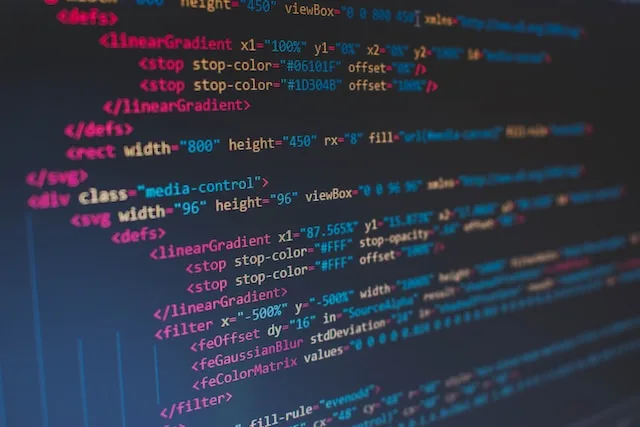
To build programs and websites that can be used on different computer systems, programmers need access to various programming languages. As several languages are available, programmers may choose the one that works best for their projects. The grammar and rules that distinguish one programming language from another determine its applicability. This blog will review the basics of some of the most widely used programming languages, including how they work and what makes them unique.
An Orientation to Advanced Languages
High-Level Language Characteristics
Programmers may create readable, understandable code with the help of high-level languages since they are designed with the user in mind. They are more like human speech, making them simpler to learn and use. As a result of the increased separation from the underlying technology, developers are free to create more flexible programs. Python, Java, and Ruby are the most widely used high-level programming languages.
Python: An Introductory Guide
Python is a widely-used high-level programming language for a wide range of applications, including but not limited to web development, scientific computing, data analysis, AI, and ML. Its syntax is recognized for being easy to learn and use, and its popularity stems from the fact that it helps programmers produce high-quality code rapidly. It simplifies the creation of sophisticated applications because of its rich collection of prebuilt modules and development aids. As Python is an interpreted language, its commands are carried out sequentially.
Java: A Brief Overview
Java is a popular high-level programming language to create desktop, online, and mobile applications. The fact that it is an ‘object-oriented’ language implies that it is predicated on the idea of ‘objects,’ which stand in for tangible things in the physical world. The Java Virtual Machine interprets the bytecode generated from the Java source code (JVM). Since the bytecode may be executed on any platform with a JVM, this makes the language platform-agnostic.
Briefing on Low-Level Languages
Low-Level Languages’ Defining Features
Low-level languages provide a more direct connection to the underlying hardware compared to higher-level languages because of this focus. They provide improved access to the underlying hardware, making them ideal for creating system-level applications. Assembly Language, C, and C++ are the most widely used low-level programming languages.
Assembly Language:
Writing programs directly interacting with hardware is best accomplished in Assembly Language, a low-level programming language. Machine language is more difficult to comprehend and write, but its symbolic representation makes it far more accessible. Unlike other programming languages, Assembly Language is platform-specific, meaning that it was developed for a particular kind of computer chip.
C++: A Brief Overview
A brief intro to C++ is that it is an extension of C and may be used for various programming tasks. Being an object-oriented language, it provides a more refined form of abstraction than C. Most operating systems and hardware drivers are written in C++, and the technology is also used to create high-performance software like computer games and scientific simulations. C++ is a quick and efficient programming language since its code is compiled into machine code.
Languages for Scripting
Programming Languages’ Defining Features
Scripting languages are often used to automate operations in fields like system administration and web development because of their intuitive structure and low barrier to entry. The code is interpreted and run line by line in these languages. Although more abstract than low-level languages, they are not as easy to use as high-level ones. JavaScript, PHP, and Perl are some of the most widely used scripting languages.
JavaScript
As a scripting language, JavaScript allows for the creation of interactive websites and programs. In web development, it works with the page’s Document Object Model (DOM), generates correct form input, and facilitates user interaction. It’s also used in server-side scripting environments like Node.js, which lets programmers write JavaScript code in the server’s environment. JavaScript is a client-side language since it is used inside a web browser.
An Exposition of PHP
PHP is the server-side scripting language of choice for creating dynamic web applications. MySQL, a well-known database management system, is often used in tandem with it. PHP may be used and altered without cost because it is based on a community-developed code base. Its popularity among web developers stems from its low entry barrier in both learning and application.
In Conclusion
The success of a software project greatly depends on the programmer’s ability to choose the optimal programming language. There are many different types of languages, each with benefits and drawbacks. Thus, it is crucial to choose the appropriate language, whether you are a novice or an experienced programmer. It’s time to get out and discover what you can, can learn, and can make in this world.
For other tutorials, visit our PROGRAMMING section. You will be glad that you paid a visit there. Trust me. It’s worth visiting.




